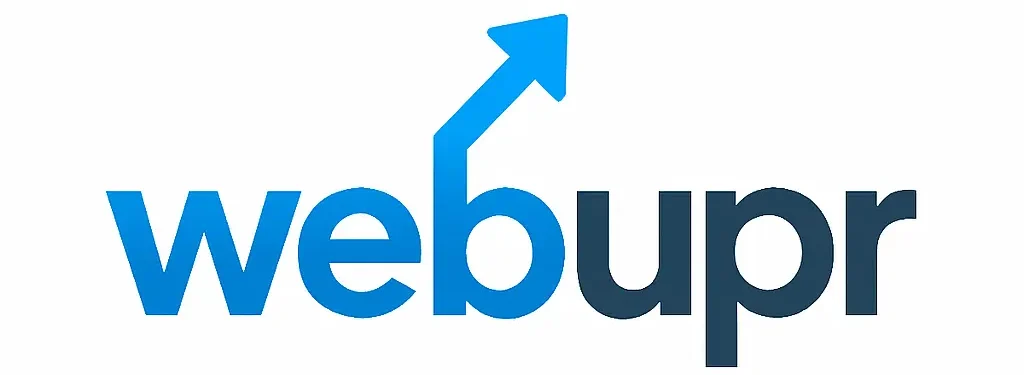Geyser Setup: Effortless Falix Server Hosting
Geyser setup on Falix server hosting can seem daunting at first, but with a clear understanding of the process, you can have your Java and Bedrock players seamlessly connecting to your server in no time. This guide will walk you through each crucial step, ensuring a smooth and enjoyable experience for everyone.
Falix, a popular choice for Minecraft server hosting, offers a robust platform. Integrating Geyser, the bridge that allows Bedrock Edition players to join Java Edition servers, significantly expands your player base and enhances community interaction. Let’s dive into the details of how to setup Geyser on Falix server hosting.
Understanding Geyser and Its Benefits
Before we begin the setup, it’s important to grasp what Geyser ultimately does. Geyser acts as a proxy, translating the communication protocols between Bedrock Edition and Java Edition. This means players on vastly different versions of Minecraft can interact on the same server world, participate in the same events, and build together. This unification is a game-changer for many server administrators looking to foster a larger and more diverse community.
Pre-Setup Checklist
Before you start tinkering with your Falix server, ensure you have the following:
Access to your Falix Server Panel: You’ll need your login credentials.
FTP Client (e.g., FileZilla): This will be used to upload Geyser and its dependencies.
A Text Editor (e.g., Notepad++, VS Code): For editing configuration files.
Basic understanding of server file structures: Familiarity with folders like `plugins` and `server.properties`.
Step-by-Step: How to Setup Geyser on Falix Server Hosting
This section will detail the practical steps involved in getting Geyser up and running on your Falix hosted server.
1. Download Geyser and Floodgate
You’ll need two primary components:
Geyser: This is the core plugin that handles the Java-Bedrock communication.
Floodgate: This is a crucial companion plugin for Geyser. It allows Bedrock players to join your server without needing a Java Edition account, effectively acting as a Bedrock-to-Java authentication bridge.
Visit the official GeyserMC website and the Floodgate project page to download the latest stable versions of the `.jar` files for both plugins. Make sure to download the versions compatible with your Minecraft server version.
2. Uploading Geyser and Floodgate to Your Falix Server
Once you have the downloaded `.jar` files, it’s time to upload them to your Falix server:
Connect via FTP: Launch your FTP client and connect to your Falix server using the provided FTP details (host, username, password, port).
Navigate to the `plugins` folder: In your server’s root directory, locate and open the `plugins` folder.
Upload the `.jar` files: Drag and drop the GeyserMC and Floodgate `.jar` files into the `plugins` folder.
3. Configuring Geyser
After uploading, you need to configure Geyser to work correctly. Geyser automatically generates configuration files when it starts for the first time.
Start your server: Initiate your Falix server. Geyser will create its configuration files within the `plugins/Geyser-Spigot` folder (or a similarly named folder depending on the specific Geyser build).
Locate `config.yml`: Inside the Geyser configuration folder, you’ll find `config.yml`. Open this file with your text editor.
Key Configuration Options:
`bedrock.address`: By default, this is set to `0.0.0.0`, meaning Geyser will listen on all available network interfaces. For most Falix setups, this is fine.
`bedrock.port`: This is the port Bedrock players will connect to. The default is `19132`. You may need to adjust this if Falix has specific port requirements or if another service is using this port. Crucially, ensure this port is open in your Falix server’s firewall settings if applicable.
`remote.address`: This should be set to your Java server’s IP address. For a typical Falix setup, this will be the same IP address you use to connect to your Java server.
`remote.port`: This is the port your Java server is running on, usually `25565`.
`authentication.allow-offline`: Set this to `false` once you have Floodgate configured correctly.
`floodgate.enabled`: Ensure this is set to `true` to enable Floodgate’s integration.
`floodgate.player.authenticate-player`: This should also be `true`.
Save and Close: After making the necessary adjustments, save the `config.yml` file.
4. Configuring Floodgate
Floodgate also has its own configuration file.
Locate `floodgate-spigot.yml`: This file will be in the `plugins/floodgate` folder.
Key Configuration Options:
`announcer.enabled`: You can set this to `true` or `false` depending on whether you want Floodgate to announce when a Bedrock player joins.
`login.redirect-message`: Customize the message Bedrock players see on first join.
`authentication.refresh-rate`: Leave this at its default unless you encounter specific issues.
Save and Close: Save any changes made to `floodgate-spigot.yml`.
5. Restart Your Falix Server
After modifying the configuration files, it’s essential to restart your Falix server for the changes to take effect. You can typically do this through your Falix server panel.
6. Testing the Connection
With the server restarted and configurations applied, it’s time to test:
From Bedrock Edition: Open Minecraft Bedrock Edition, go to “Servers,” click “Add Server,” and enter your Falix server’s IP address and the Bedrock port you configured (default `19132`). Your server should appear in the list. Connect to it.
From Java Edition: Connect to your server as you normally would using the Java Edition client.
If everything is configured correctly, you should see both Bedrock and Java players in-game, interacting seamlessly.
Troubleshooting Common Issues
Bedrock players cannot connect:
Check Ports: Ensure the Bedrock port (`19132` by default) is open in your Falix server’s firewall settings.
* Firewall on Falix: Some hosting providers might have network-level fire
